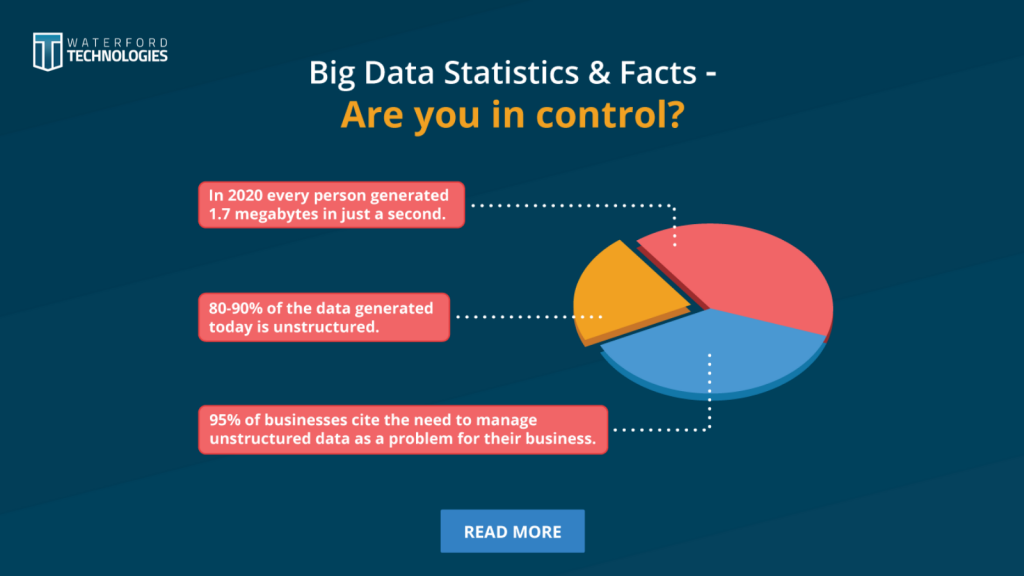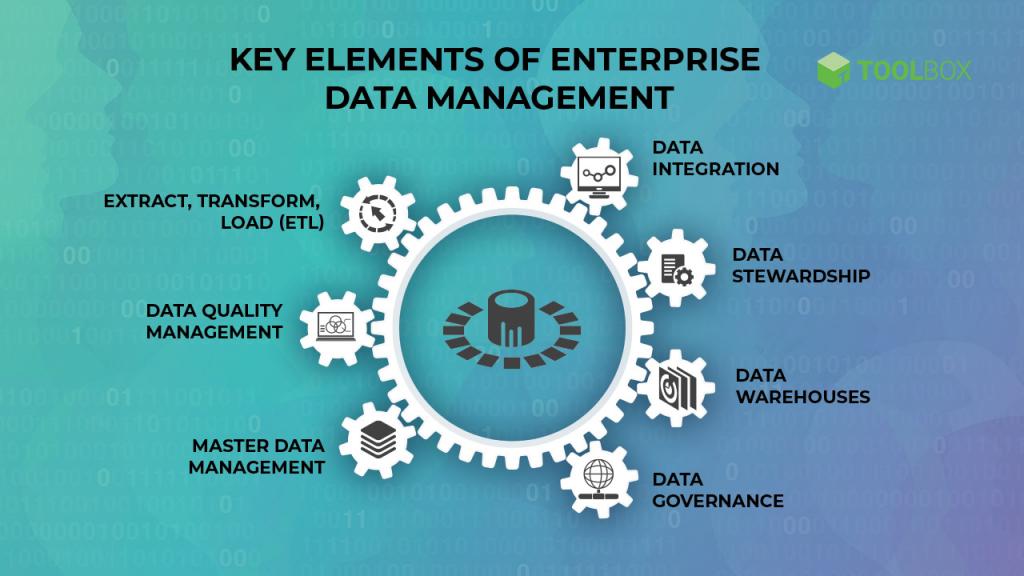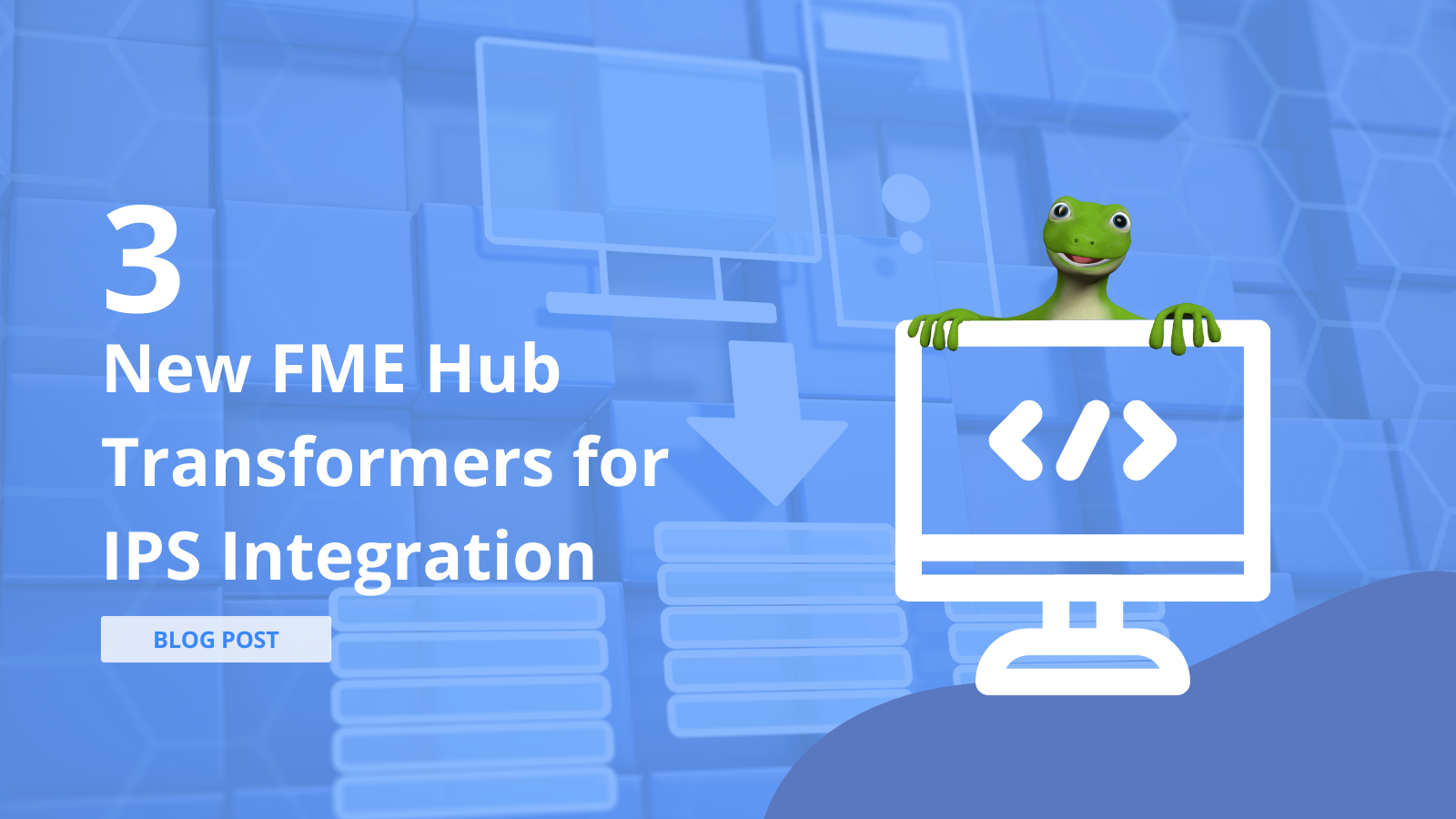Image source
While we may say content is king, data comes a pretty close second. Data does so many things within your organization; it informs decisions, it tracks performance, it tells you things you need to know about customers and potential customers as they make their way through their customer journey. Without data, running your business would be incredibly difficult.
However, with increasing data collection and storage regulations, you have to tread carefully when it comes to data mining, and it is essential that you both inform customers about their rights and seek permission when harvesting any data.
So, just what do we mean when we talk about data mining? How does it help in reality? And what are some real-life examples of using it and the benefits your organization can reap from using it properly?
What is Data Mining?
Image source
If you stop and think about it for a minute, you receive a huge amount of data everyday. That data can include customer details such as addresses and phone numbers, or it can be metric-relevant data such as time spent on landing pages, what products people look at, responses given to your interactive voice response system, and so on.
However, that data is nothing more than bytes unless you can transform it into useful and actionable information. This is where data mining comes in. Just as mining is a process of extracting valuable minerals from the earth, data mining is a process of extracting valuable insights from large data sets. Data analytics software can help you identify patterns and trends within the data you have collected.
By using an automated analytics software program, your teams can see how those patterns occur within your business model. Those could be geographical patterns, buying patterns as they relate to months, days, or even times, or demographic patterns in relation to different products or services. Put simply, data mining is the process where you turn raw data into information you can use to drive business decisions.
Data Mining Examples in Real World
It’s easy to talk about data mining in a theoretical sense, but it can help to see how businesses use data mining in their day-to-day operations and the benefits they get from utilizing that mined data.
1. Improved efficiency
Image source
Nearly every organization aims to increase efficiency in their operations as a way of improving customer service and reducing costs. Data you can collect to help you do this comes from both internal sources such as sensors and meters as well as external sources like customer feedback and even the weather.
By mining that data, you can get insights into existing weaknesses in your workflow and make data-driven decisions regarding the future of your business. With a thorough analysis of the data collected you can also stay ahead of potential breakdowns in equipment, helping you to provide a better service to your customers.
In real life: Energy providers are one such area that is seeing the benefits of data mining. By analyzing readings from their equipment they are able to reduce issues and recover faster from outages. Moreover, by evaluating customer data they can predict consumption and ensure that supply always meets demand.
2. Customer service
Data mining plays a huge role in improving your customer service and the overall customer journey. Your products may be the best on the market but if your customer service is poor, then brand awareness and perception will suffer as a result. So, how can data mining help you improve your customer service?
A lot of the data you collect relates to customer experience. Some of the sources for customer service-related data includes feedback from customers (via various channels), emails received from your customers, social media posts and comments and aftersales surveys you may send out. You can then use that info to identify pain points (and solve them), as well as other areas where you can improve the customer journey.
In real life: Amazon does not only use the data they analyze to improve their own services, they also offer services to help other organizations with how they use big data. With a wide range of data, they have been able to tailor products to people’s needs as well as improving the overall customer journey.
3. Recruitment
Without your employees your business would almost definitely not be the success it is. They interact with your customers, promote your brand and keep your business moving forward. From finding the right people, to providing necessary training, and improving retention rates, data mining can be a crucial tool in supporting your HR department.
Insights can be gained as to the most effective methods of recruitment, helping you to remove obstacles and speed-up the hiring process. It can also improve diversity within your team by removing unconscious bias and optimize the onboarding process.
In real life: Unity Technologies, a video game software development company uses data mining to streamline their recruitment process, setting benchmarks for how long the different recruitment stages should take.
4. Geographical insights
Image source
Many businesses need physical locations. Some of those may be actual bricks and mortar stores or offices, for others it may be warehousing facilities that can help with logistics. Using and analyzing big data can help organizations decide where the best locations are using location intelligence. These decisions can not only be a boon to customers, they can offer significant savings too.
For example, a major ecommerce business may decide to locate warehousing facilities in the Chicago area because it could serve several states. That decision would be based on analysis of where in that northeast area most of their orders were coming from and where would work best as a central point for dispatching orders.
In real life: Starbucks uses a mapping and business intelligence tool to help identify potential locations. They take into account data-driven factors such as local population and income levels, traffic, whether any competitors work in proximity, and distance from other Starbucks outlets.
5. Forecasting
For any business, under and overstocking can have serious financial repercussions as well as having the potential to damage brand reputation. By mining the data you already have, you can make more accurate predictions that allow you to make stock replenishment decisions based on any patterns and trends you have identified. You will already use some automated processes in this area so you will know the answer to ‘what is EDI system?’, and how it helps.
These patterns can include seasonal fluctuations as well as identifying emerging market trends. The use of big data can also help you to decide on marketing strategies and to try your best to meet customer expectations. Choosing where to invest, In terms of both product lines and your marketing campaigns, can make a significant difference to your bottom line.
In real life: All large retailers and ecommerce businesses will utilize data mining to improve their sales forecasting and marketing strategies. Walmart is a great example of this, using harvested data to increase sales turnover and to provide a better customer experience.
6. Innovation
Innovating and developing new products can be a crucial part of many organizations’ business models. But how do you decide what to develop or identify gaps and needs in the market? Data mining is part of the answer to that. Data analysis can identify what your customers are saying about your current products (thus allowing you to develop improved versions) or what products they say they would like to see.
When a lot of customers are talking about certain features that they feel are lacking in currently available products, it is an opportunity for you to fill that gap and to provide what customers need. Constant development and innovation can give you a real edge over your closest competitors and by showing you ‘listen’ to customers, you can also enhance your brand reputation.
In real life: Netflix uses data mining to identify what customers want to watch and they can then develop new films and series based on those analyses. Not only do they harvest data from social media platforms, but viewers can also show their preferences on the Netflix platform itself, letting the company know what people like and don’t like.
The Takeaway
Image source
You have multiple sources you can collect data from. Those can range from a workforce management contact center to your social media channels. Where you source that data, and what data you focus on, is very much going to depend on what you are looking to achieve by data mining, anything from better SEO to identifying new products.
Every business has multiple approaches to improving performance and to ensuring that customers are happy. That can mean that one day you are looking at how to find affiliates for your product and the next you could be analyzing data to see how you can improve your customer service provision.
You need to know your business and your customers, you need to know how they think and what they want and data mining can go a long way to achieving that. Where to start? The beginning is always a good starting point and understanding how data mining relates to your business is as essential knowledge as knowing the origin of computer bug.
More About FME & Data Mining
Save time and money with FME today. FME is a data integration platform with comprehensive support for spatial data. Automations are a big feature on the FME platform. Great workflows may begin on desktop, but FME Server Automations take them to the next level. Data mining is no hassle with FME. Our no code enterprise integration platform will help you make the most out of your data and increase productivity.
Automate with FME now. Spend more time using data, and less time fighting it. Learn more about Automations on FME or check out the FME Accelerator. Get a quick run down on how FME can help you manage your data better with this free online workshop.
*Jessica Day is the guest blogger for this week’s blog post and the Senior Director for Marketing Strategy at Dialpad, a modern business communications platform that takes every kind of conversation to the next level—turning conversations into opportunities. Jessica is an expert in collaborating with multifunctional teams to execute and optimize marketing efforts, for both company and client campaigns. Jessica Day also published articles for domains such as Startups Magazine and Handle. Here is her LinkedIn.

Jessica Day
Jessica Day is the Senior Director for Marketing Strategy at Dialpad, a modern business communications platform that takes every kind of conversation to the next level—turning conversations into opportunities. Jessica is an expert in collaborating with multifunctional teams to execute and optimize marketing efforts, for both company and client campaigns. Jessica Day also published articles for domains such as Startups Magazine and Handle.








